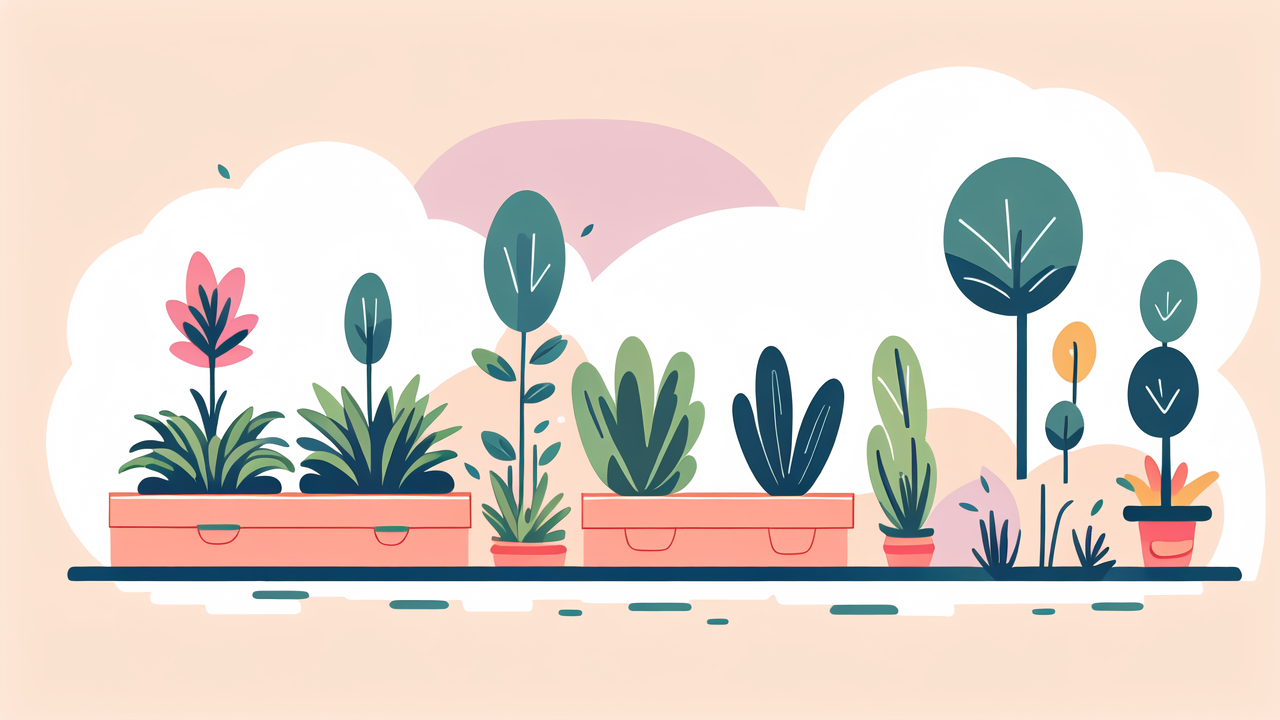Introduction to Raised Planter Boxes
The Benefits of Raised Planter Boxes in Home Gardening
Raised planter boxes offer many perks for home gardeners. They make gardening easier on your back and knees. You can control the soil quality better in these boxes. They warm up faster in spring, letting you start planting earlier. These boxes improve drainage, which many plants love. They can also keep pests like slugs away from your plants. Raised boxes create clear garden borders, adding structure to your yard. They're great for small spaces or areas with poor soil. You can grow a variety of plants in them, from veggies to flowers. Overall, raised planter boxes make gardening more fun and accessible for everyone.

Essential Considerations When Choosing Planter Boxes
When picking raised planter boxes, think about a few key things. Size matters - consider how much space you have. The depth is crucial too, as different plants need different soil depths. Think about where you'll put the boxes. They should get enough sun for your plants. The material of the box is important. It affects how long the box will last and how it looks. Wood, metal, and plastic are common choices. Each has its pros and cons. The height of the box should be comfortable for you to work with. Good drainage is a must to keep plants healthy. Also, think about your budget and how the boxes will fit your garden style.
Key Design Principles for Raised Planter Boxes
Balancing Aesthetics and Functionality in Design
When designing raised planter boxes, aim for both beauty and usefulness. The boxes should look good in your garden and work well for plants. Think about shapes that fit your space. Rectangles are common, but curves can add interest. The height should be easy to work with but not too tall. Consider how the boxes will look full of plants. Choose colors that match your outdoor space. The design should make planting and harvesting easy. You might want to add features like built-in seating or trellises. Remember, a good design makes your garden look great and makes gardening easier.

Material Selection: Durability and Sustainability
Choosing the right material for your planter boxes is key. It affects how long they last and how eco-friendly they are. Cedar and redwood are popular woods. They resist rot naturally but can be expensive. Pressure-treated lumber is cheaper but may have chemicals. For a green choice, look at composite materials made from recycled plastics. Metal boxes, like steel, last long but can get hot in summer. Stone or concrete are permanent options but hard to move. Each material has its good and bad points. Think about your climate and how much care you want to give. Pick a material that fits your needs and values.
Customization Options for Planter Boxes
You can make your raised planter boxes unique and more useful. Add a trellis for climbing plants. This saves space and looks great. Built-in watering systems can save you time. Removable covers can protect plants from frost. For easy moving, add wheels to your boxes. You could build in seating around the edges. This creates a nice spot to rest while gardening. Paint wooden boxes to match your house. Add fun touches like mosaic tiles or carvings. These extras can make your boxes stand out. They also make gardening more enjoyable and efficient. Choose add-ons that fit your gardening style and needs.
Implementing and Maintaining Your Planter Boxes
Best Practices for Installation
Setting up your raised planter boxes the right way is important. It helps them last longer and work better. First, pick a flat spot with good drainage. If needed, put gravel under the box to help water flow. Make sure the box is stable and won't move over time. If you have many boxes, leave space to walk between them. Line the bottom with fabric to stop weeds. Fill the box with good soil mix for your plants. Add compost on top for extra food. For tall boxes, use light stuff like empty bottles at the bottom. This saves on soil and makes the box lighter.

Routine Maintenance for Long-Term Plant Health
Taking care of your planter boxes helps keep your plants healthy. Water your plants regularly. Different plants need different amounts of water. Add mulch on top of the soil. This keeps moisture in and stops weeds. Pull out any weeds you see. Feed your plants with fertilizer when needed. Use organic options if you can. Change what you grow each year. This keeps the soil healthy. Add fresh compost at the end of each growing season. Check the box for any damage. Clean your garden tools to avoid spreading disease. With good care, your planter boxes will grow great plants for years.
Troubleshooting Common Issues with Planter Boxes
Even with good care, planter boxes can have problems. Poor drainage can make soil too wet. This can rot roots. Make sure your box has drain holes. Don't water too much. If soil dries fast, add more organic matter. It holds water better. For pests, try natural predators or safe sprays. If plants lack food, change how you fertilize. Wood boxes might rot. Replace bad parts quickly. Metal boxes can rust. Paint them to protect them. Soil can lose nutrients over time. Add new soil and compost each year. By fixing issues fast, you'll keep your planter boxes working well for a long time.
